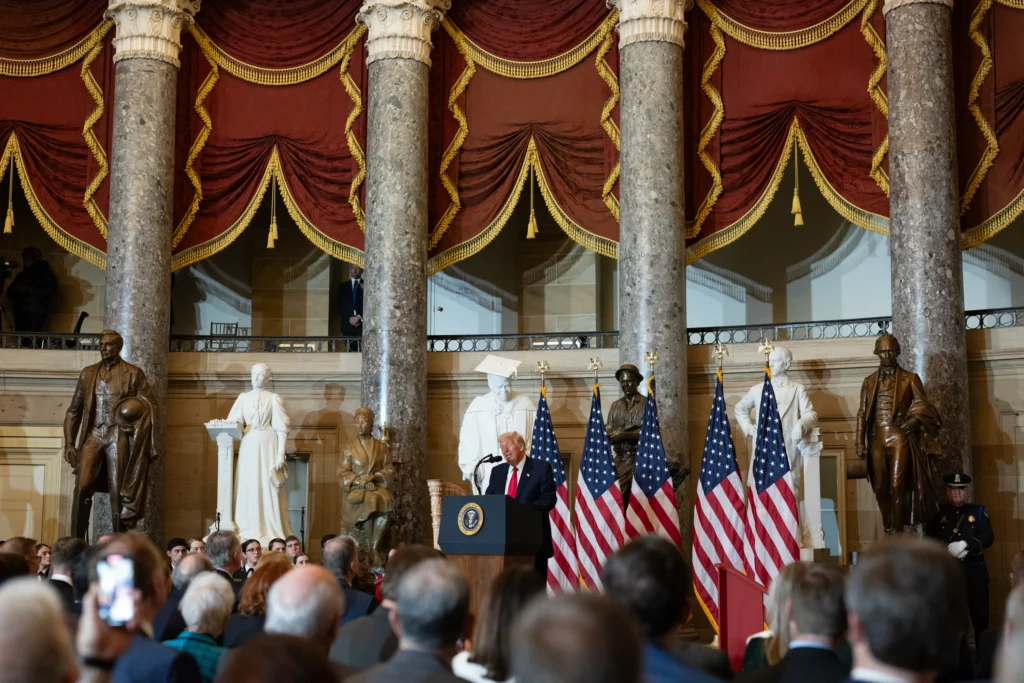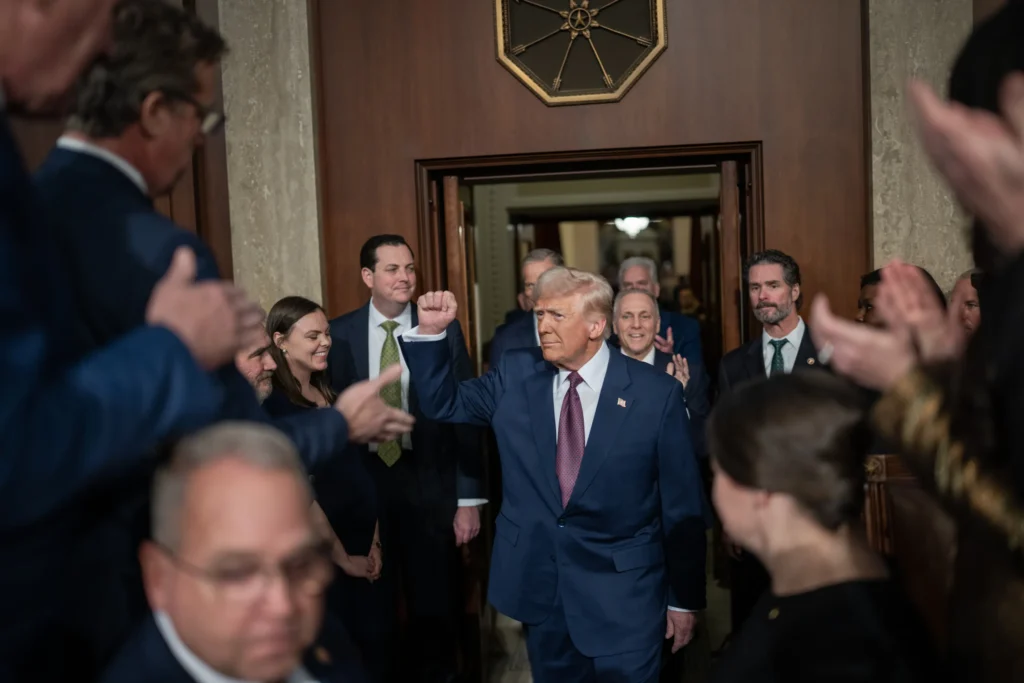
The recent integration of Starlink Wi-Fi, a satellite-based internet service owned by Elon Musk’s SpaceX, at the White House has ignited substantial debates among cybersecurity experts, IT analysts, and policymakers. While the initiative aims to improve connectivity within this historically significant institution, it simultaneously introduces potential vulnerabilities and broader implications for U.S. federal IT infrastructure.
Historical Context of Starlink and SpaceX
Founded by Elon Musk in 2002, SpaceX has revolutionized space technology and satellite internet services through relentless innovation. Starlink, launched in 2015, was initially conceived to provide global internet access, particularly in remote or underserved regions. The service employs thousands of small satellites placed in low-Earth orbit, capable of providing high-speed internet connectivity virtually anywhere on the planet.
SpaceX’s ambition has always been intertwined with groundbreaking technological advancements, from pioneering reusable rockets to redefining satellite internet delivery. Starlink’s success in delivering stable internet connections in conflict zones, rural areas, and during natural disasters has elevated the company’s reputation significantly.
The White House’s Connectivity Dilemma
Historically, the White House has struggled with consistent and reliable internet connectivity due to the aging infrastructure and unique architectural constraints of the historic building. Traditional wired internet services have often faced disruptions, compelling administrations to seek alternative solutions. In this context, Starlink appears as a seemingly attractive solution, promising rapid installation and robust connectivity.

However, federal IT infrastructure demands meticulous security scrutiny—often conflicting with rapid, commercially-driven technology implementations like Starlink.
Security Considerations and Expert Concerns
Nicholas Weaver, a renowned cybersecurity researcher from the International Computer Science Institute, categorizes the White House’s adoption of Starlink as “shadow IT,” a term describing unauthorized or insufficiently vetted technological deployments. The risks associated with shadow IT involve reduced oversight, weakened security protocols, and heightened vulnerability to cyber threats.
Former NSA cybersecurity expert Jake Williams highlights the critical issue of security monitoring. For any internet connection deployed within sensitive federal facilities, stringent security measures are mandated by agencies like the White House Communications Agency (WHCA). Starlink’s potential lack of integration into existing security monitoring tools poses severe risks. If Starlink infrastructure permits remote management without rigorous security audits, it could inadvertently expose White House networks to external threats or unauthorized access.
Technological Implications of Satellite-to-Fiber Connectivity
An unusual aspect of the White House’s Starlink installation involves routing satellite internet signals to fiber-optic cables at a remote data center before reaching the White House complex. Cybersecurity expert Nicholas Weaver criticizes this method as highly inefficient, stating satellite internet solutions like Starlink typically serve best where terrestrial fiber infrastructure is lacking.
This hybrid installation negates the primary advantage of Starlink—its direct satellite-to-user connectivity—making the deployment counterintuitive from both technological and economic perspectives. Instead, it introduces additional points of potential failure and unnecessary complexity.

Policy and Precedent Concerns
Beyond technological and security critiques, integrating Starlink into the White House raises significant policy and operational precedents. Federal IT infrastructure historically follows stringent procurement, oversight, and compliance processes. Rapid adoption of technology donated by private enterprises without exhaustive vetting disrupts established norms.
This precedent could encourage similar rushed or unvetted technological integrations throughout other federal agencies, undermining centralized control and established cybersecurity frameworks.
The Risks of Dependence on a Private Provider
Reliance on a privately-owned company, particularly one influenced by a single individual’s strategic decisions, poses long-term risks. Elon Musk’s management style, combined with his outspoken political and economic stances, may introduce uncertainty regarding the future availability or reliability of Starlink’s service for federal use.

For example, concerns were raised internationally about Starlink’s commitment during geopolitical crises. Musk has publicly affirmed Starlink’s independence from geopolitical manipulation. Nonetheless, the inherent risk remains that critical infrastructure relying on private companies could become leverage points during geopolitical tensions.
Lessons from History: Federal IT Infrastructure and Private Partnerships
Historically, government collaborations with private technology companies have been both productive and problematic. Effective examples, such as NASA’s collaboration with private aerospace firms including SpaceX, underscore the potential benefits of innovation and cost savings. However, notable failures in oversight and accountability, illustrated by past government IT security breaches and scandals, demonstrate the potential pitfalls of poorly managed technology integration.
The integration of Starlink at the White House necessitates clearly defined oversight, strict compliance protocols, and rigorous ongoing security assessments to mitigate potential risks.
Strategic Recommendations for Federal IT Integration
To successfully integrate innovative technology solutions like Starlink, several strategic measures are recommended:
Enhanced Monitoring and Security Protocols: Comprehensive cybersecurity frameworks must accompany any new technology deployment.
Regular Security Audits: Independent, routine audits ensure compliance with federal IT security requirements.
Transparent Governance: Clearly defined governance structures and accountability mechanisms should oversee technology integration.
Contingency Planning: Backup solutions and rapid response protocols must be in place to handle potential disruptions.
Conclusion: Navigating Future Federal IT Innovations
The adoption of Starlink by the White House exemplifies both the potential and risks of rapidly integrating private technology into sensitive federal infrastructures. As technological innovation accelerates, government entities must balance operational needs with robust security measures, maintaining vigilance to protect critical national security interests.
Moving forward, it remains essential for policymakers, cybersecurity experts, and IT professionals to engage collaboratively, ensuring secure, efficient, and responsible technological integrations into federal infrastructure.

